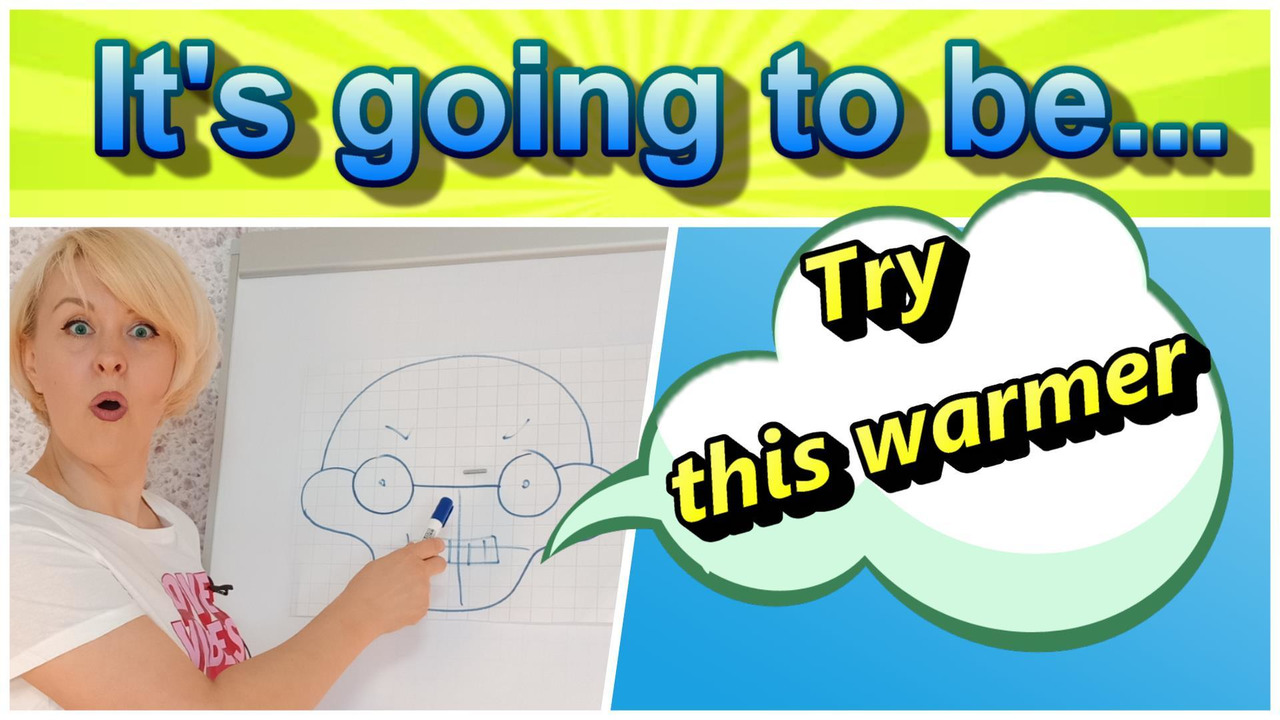
HOW CAN THIS BOOK HELP YOU?

Join Jenny on Facebook: https://www.facebook.com/jennywhite555/
DEAR TEACHER,
This book is a collection of 20 ESL games for schoolchildren, which are perfect for your online lessons. You can play these games in Zoom or Skype without using other platforms for teaching English.
The games can be used with students of three levels:
— Beginner/Elementary games
— Pre-Intermediate/Intermediate games
— Intermediate/Upper-intermediate games
The games will help your students make progress in:
— vocabulary and grammar
— speaking
— writing
— spelling
To play the games on your lessons you will need NO PREPARATION TIME or any other teaching resources. Step-by-step instructions will help you reach your teaching goals easily.
Ice-breakers, warmers, memory games, matching games and other activities are waiting for you and your students! Let all your lessons be a pleasure!
Yours,
Jenny White
For more books with ESL games visit https://jw555.gumroad.com/
Join us on YouTube: https://www.youtube.com/c/JennyWhite555
BEGINNER/ELEMENTARY GAMES
Total Recall (memory game)
Number of students: 4 -10
Time: 10 min
Age: primary school
Resources: any two objects
This easy no prep elementary ESL game can be used as a warmer for students of any age. It enables general vocabulary revision and improves short-term memory. This online memory game can also be played offline with objects in the classroom.
In this elementary online game there are 4 stages.
1. Ask your students to look around and find two objects they can name in English. They can go to bathroom, kitchen, bedroom. But set timer to 1 minute not to waste time. You should also prepare two objects like, for example, a sock and a coffee mug.
2. Hold these objects in front of the camera and say: «I’ve got a coffee mug and a sock. And you, Tom?» Students will present their objects one by one. Make sure they hold their objects high enough for everybody to see them during all this stage.
3. Say: «1, 2, 3, put one object on your knee» and put one object down on your lap. Students should do the same. Ask: «What is gone?» And turn on the stopwatch. Students should recall all the objects that are no longer in view. If they have difficulties, the owner of the object can give them some clues. For example, «It’s kept in the fridge, it’s white…» «It’s milk!» When they guess, the owner shows the object. The game is over when students name all the objects
4. Play the game again for the objects in the other hand. Don’t forget to set the timer. Compare the results. Students usually do much better in the second row of the game, so you can praise them and they will feel proud of their progress.

More about this game on YouTube:
https://www.youtube.com/watch?v=ebrCKFaoo2g&t=8s
Camera On, Camera Off (ice-breaker)
Number of students: 6 -12
Time: 5—7 min
Age: 10—18
Resources: none
This online ice-breaker is a real life hack for ESL teachers. It will help your students overcome their shyness, switch on their cameras and get to know one another.
At the beginning of the lesson tell your students: «Hi, everyone! Switch off your cameras now, we’re going to play a game. I will ask you simple questions. You don’t have to say anything at all to answer them. Just switch on your camera for 10 seconds if the answer to the question I ask is YES».
Ask very simple questions one by one and wait for the students to switch on their cameras.
— Is there the letter S in your full name?
— Do you put sugar in coffee?
— Is your pet a cat?
— Have you got a sister?
— Are you wearing anything black today?
— Did you play computer games yesterday?
When your students start switching on their cameras, make them greet one another, say hello and then comment on what you see. For example, «Is there the letter S in your full name? Oh, hello, Susan! Hello, Steve! Do you put sugar in your coffee? Six people! Hmm, so many coffee lovers!»
In the end ask a question that will make ALL the students switch on their cameras, for example: «Are you studying English online now?»

More about this game on YouTube:
https://www.youtube.com/watch?v=HnLmccIciMA&t=46s
It’s Going to Be (spelling game)
Number of students: 2 -10
Time: 5—7 min
Age: 10 — 12
Resources: online whiteboard
This game will help your students practice spelling words in different categories.
Think of a word and write its first letter on the whiteboard, saying: «It’s going to be a MONKEY» (write only the first letter on the whiteboard — M…)
Any student can continue by choosing another word that starts with the letter M, saying: «No, it’s going to be MANGO» and writes A next to the letter M — MA…
Another student changes the word again: «No, it’s going to be MAD» and writes the letter D next to the first two letters — MAD…
Students continue playing: «No, it’s going to be MADNESS» and write the letter N — MADN…
Set time limits of 5—10 seconds. If no one can continue the word without changing it into a new one, the last student who offered a letter should spell the word up to the end — M-A-D-N-E-S-S. If there are no mistakes, this student is the winner.

More about this game on YouTube:
https://www.youtube.com/watch?v=iBrLCVVfdJw&t=84s
Say “Hello” to… (warmer)
Number of students: 2 — 12
Time: 3—5 min
Age: first year graders
Resources: none
This warmer will help your students «tune in to the lesson» and revise target vocabulary like toys, furniture, school objects, family members. After greeting your students, suggest saying hello to the objects and people in their rooms. For example, you can ask them: «Say «Hello’ to the window / door / school bag / bathroom / your nose / granny!» etc.
This activity makes students move around and have fun while looking for the objects you mention. But don’t worry! They will always come back to their computers to get your next command because they like it a lot.
Air Writing (ABC game)
Number of students: 1- 12
Time: 3—5 min
Age: first year graders
Resources: none
This game can be used as a warmer at the beginning of the lesson. Students name the letters that the teacher writes in the air with a finger sitting back to the students.
The game can be played in three different modes.
One-to-one lesson. The student and the teacher write and guess letters in turns.
Small group of 3—6 students. The first student who names the letter is the winner and has the right to write the next letter.
Бесплатный фрагмент закончился.
Купите книгу, чтобы продолжить чтение.